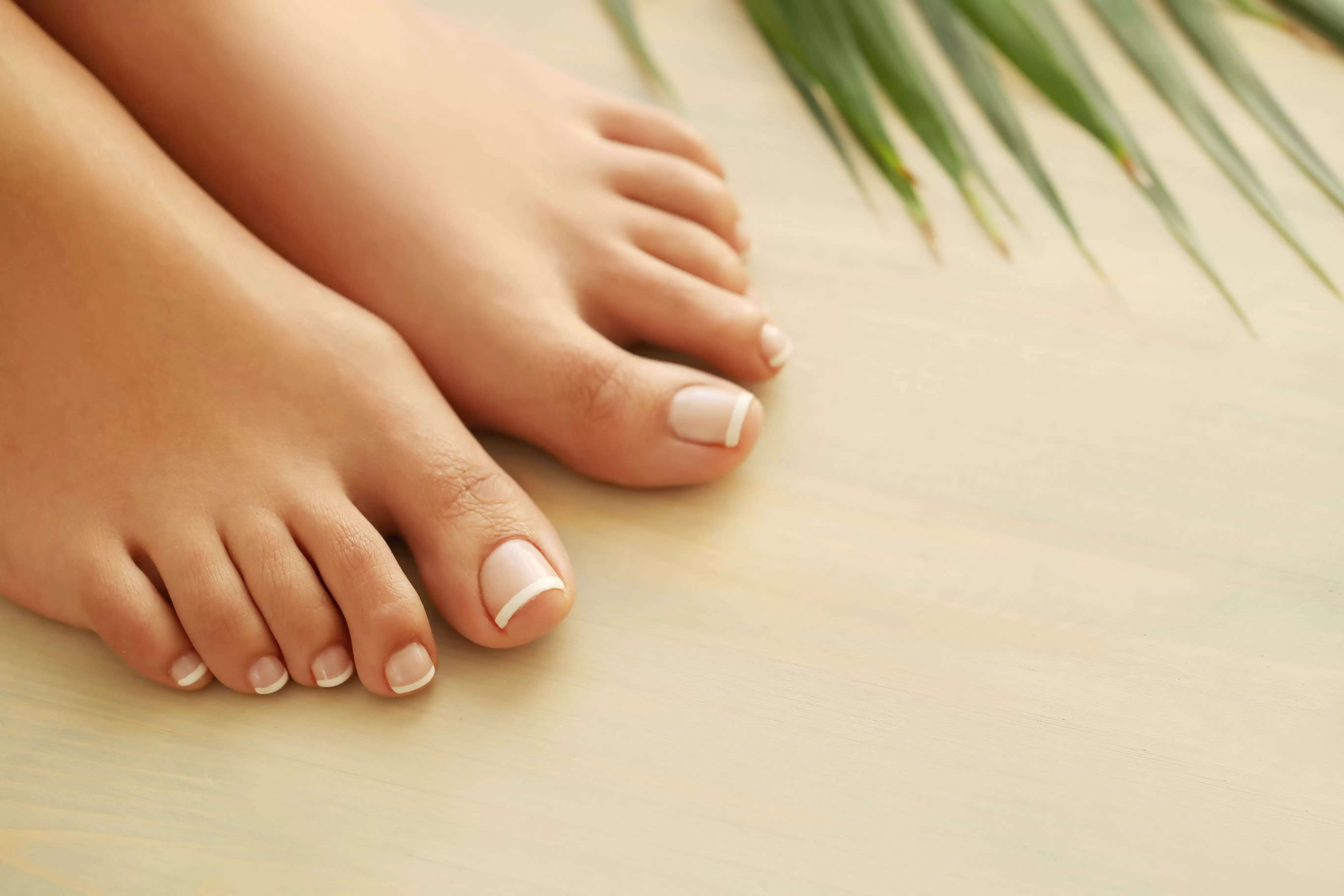Chilblains: Itchy And Swollen Toes. How To Avoid Them In Winter
Know the what, why, and how of chilblains - a painful condition of itchy and swollen toes.

Everyone focuses on facial treatments and mani-pedis to look perfectly poised at all times. Wrinkles and acne get to be the talk of the day, too, but aesthetics stretch beyond these issues. There are body parts that face aesthetic problems, which need to be discussed as freely as the face related issues. As winter draws near, let’s talk about the number one condition that worsens during the cool months - Chilblains.
Chilblains, also called as pernio, is a rare condition that rears its ugly head during winters in the form of skin sores and bumps on hands and feet. The common symptoms of chilblains include icing, painful bumps and sores, red or purple itchy patches and swelling on the toes. Medical diagnosis is required to accurately analyse this condition.
While the condition is short lived and may be sorted within a week of appearance, it can be extremely discomforting and painful to the one suffering from it. Usually, the condition can be managed with the correct homemade remedies, however, there are special dermatological solutions available that help in getting faster relief from the condition.
The cause and effect
The primary reason for the occurrence of chilblains is unknown, however, there are certain conditions and factors that the chilblains are associated with in general.
-
Women are more susceptible to chilblains than men. It can be concluded that some gender based genetic factors might be at play.
-
Tight clothes that expose skin to dampness and cold for prolonged periods of time may cause chilblains.
-
Individuals living in geographical locations with cold but not freezing temperatures with high humidity are more likely to develop chilblains.
-
Underweight individuals with about 20 per cent less than expected weight seem to develop chilblains more than the rest of the population.
-
Tight clothing leading to poor blood circulation in the extremities may also cause chilblains in many individuals.
-
People suffering from auto-immune diseases are observed to be targets of the chilblains. Lupus, a rare autoimmune disease, is the most associated with chilblains.
-
It is observed that people suffering from Raynaud’s disease are extremely susceptible to chilblains. While both conditions cause skin discolouration, there are several discriminating factors to identify the difference between these two disorders.
Prevention is better than cure
Chilblains often recover in a week or two without treatment, but it may cause extreme discomfort and itchiness in the meantime. Application of soothing lotion is helpful in such times. Witch hazel is known to relieve itching and calamine is known to smooth the skin during chilblains appearance. There are some precautions you can take to prevent the chilblains from making another appearance during the season.
-
Wear warm clothes that protect the skin from direct cold.
-
Avoid using skin tight garments that may lead to poor blood circulation.
-
Use comfortable and waterproof footwear, ideal for cold and humid climates. This will allow the feet to breathe and stay warm, reducing the chances of developing chilblains.
-
Keep the hands and feet clean and moisturised at all times.
-
Use a heating pad to get relief from long bouts of frozen feet.
Bring in the experts
If the chilblains are persistent and severe, it is a good idea to visit your dermatologist. The dermatologist may suggest added tests to check for complications. However, most of the time, the solution is pretty simple. If the itching from the condition persists, your dermatologist may prescribe a suitable corticosteroid cream to help you heal.
A doctor’s intervention is a must if you suffer from hypertension or diabetes, which makes healing of foot sores challenging. They may prescribe blood pressure medications to some individuals to open up the small vessels near the skin surface, allowing better circulation.
It is best to visit a doctor, if the sores last for more than three weeks, or if you experience severe pain or if the condition continues to worsen.
Home care is mandatory
While the home remedies look similar to that of precautionary measures, here are a few things you can try to ease your discomfort at home.
-
Keep the affected skin away from the cold.
-
Apply calamine or witch hazel-based skin lotion, it soothes the itchiness and pain caused due to chilblains.
-
Keep the skin moisturised with an unscented moisturiser. Hydrated skin is less likely to aggravate the blisters.
-
Avoid rubbing or massaging the affected areas.
Chilblains are easy to prevent and the tools to keep them at bay are at your disposal at all times. It is a condition with easy solutions, if you know the dos and don’ts of it all. Now that you know them, this winter should be as pleasant as it can be one without any woes. Happy winter folks!
Disclaimer: The above content is for informational purposes only and should not be used as a substitute for the advice of a qualified physician or doctor. The Company does not vouch for or endorse any of the above content, and disclaims any and all warranties, express or implied, relating to the same.
.png)